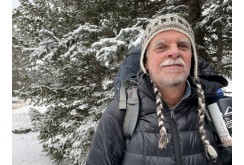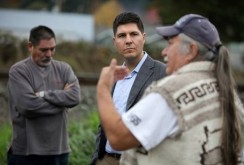For more than a quarter of a century, the Buffalo Field Campaign (BFC) has been working in the Greater Yellowstone Bioregion to protect the last wild, free-ranging herd of bison in the United States. Although the nearly 3500 square miles of Yellowstone National Park offer some protections, even that expanse is not enough to offer sufficient winter forage for the Park’s herds of deer, elk, moose, and a bison population that ranges between 3,000 and 6,000 animals.





